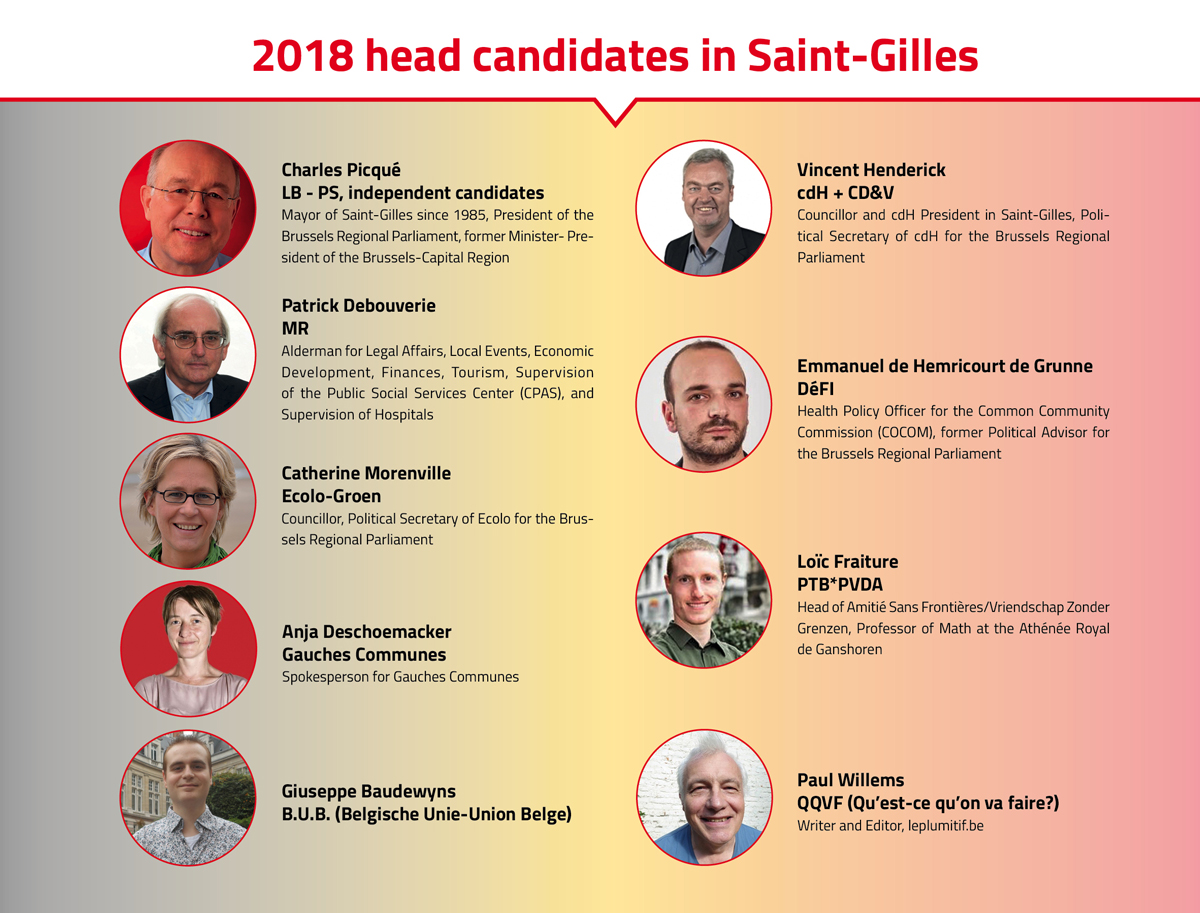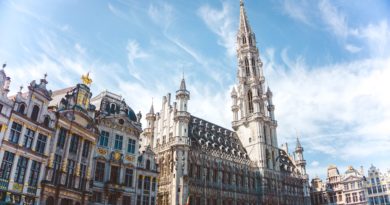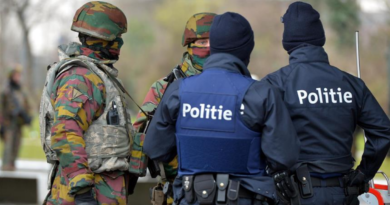2018 Communal Elections: Spotlight on Saint-Gilles
Like a village within the city. That’s how Saint-Gilles is often described. Indeed, Saint-Gilles’ rich metropolitan landscape still carries a breath of rural air. The commune was once a village before it gave way to urbanization in the early 20th century. Nevertheless, vestiges of its rustic past remain evident from cobblestone alleys here to centuries-old structures there.
Situated in the south-central section of the Brussels-Capital Region, Saint-Gilles stretches over an area of 2.52 square kilometers. Every district in this part of Brussels has its own character. Chaussée de Charleroi presents the hip side of Saint-Gilles with its line of trendy shops and restaurants. The Parvis de Saint-Gilles is both the historic and artsy heart of the commune. The Maurice van Meenen Square is a showcase of architectural landmarks including the majestic communal hall. Gare du Midi, the largest intermodal transport system in Belgium, is also located in Saint-Gilles.
Well-preserved historic structures are one of the greatest prides of Saint-Gilles. After all, this is the turf of Belgian architect Victor Horta known as the father of Art Nouveau architecture. The Horta Museum, which features the architect’s private house and studio, welcomes more than 25,000 tourists a year. Other houses and buildings of every architectural style since the turn of the last century can also be found in the upper reaches of the commune.
Saint-Gilles is as multicultural as it is multi-faceted. More than 130 different nationalities thrive among its population of 50,471. The French are the most represented in Saint-Gilles, followed by the Portuguese, the Italians, the Spaniards, and the Moroccans. The population of Saint-Gilles is a mixture of upper, middle, and lower class households. The situation is generally less favorable in the commune’s lower end which is part of the croissant pauvre or the poor section of Brussels.

From 2012 to 2018, the local government of Saint-Gilles has produced close to 200 new daycare centers with about 150 more under construction. Other communal accomplishments include the creation of a primary and secondary school, the expansion of existing school facilities, the revitalization of commercial centers, and the redevelopment of several sites such as the Parvis de Saint-Gilles, the Jacques Franck Cultural Center, and the former Central School of Arts and Crafts (ECAM).
While massive infrastructure investments are expected to improve the quality of life in Saint- Gilles, there are concerns that the commune may be overspending on projects that are disconnected from the actual needs of its inhabitants. Critics fear the local government may be more invested in projects that could contribute to the gentrification of Saint-Gilles’ neighborhoods. Extra measures are needed to ensure affordable housing for the commune’s most vulnerable residents.
Socialist Party (PS) leaders have been presiding over the decision-making process in Saint-Gilles for more than 30 years. The 2012 communal elections renewed their place in the majority along with representatives from the Reformist Movement (MR) while members of Ecolo-Groen and the Humanist Democratic Center (cdH) stayed in the minority.
Will Saint-Gilles remain a socialist fortress in the next six years? We will see after this year’s communal elections. The socialists are teaming up with other independent candidates under the mayor’s list or Liste du Bourgmestre (LB). They will come up against MR, Ecolo-Groen, cdH in tandem with the Christian Democratic and Flemish party (CD&V), Belgische Unie – Union Belge (B.U.B.), Gauches Communes, and QQVF (Qu’est-ce qu’on va faire?).




